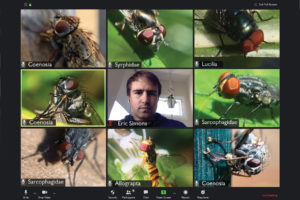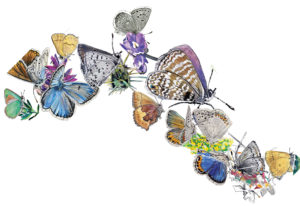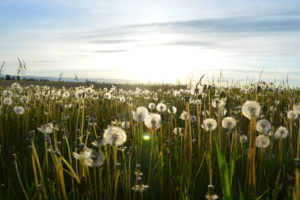The Landscaping Ideas of Jays: A Natural History of the Backyard Restoration Garden, by Judith Larner Lowry, UC Press, 2007, 292 pages, $24.95
Most people don’t think of restoration gardening as an option for city dwellers. The plants that once inhabited our urbanized and suburbanized areas are usually nowhere in evidence amid acres of pavement, weeds, and garden mixtures of mostly exotic plants along with a few of the showiest California natives from various parts of the state. But Judith Larner Lowry, landscape designer and purveyor of California native seeds through her company Larner Seeds, has the vision and experience to encourage us to reestablish our own local ecosystems. In this, her second book on the subject of backyard restoration gardening, she provides information and plenty of inspiration for all of us, whether we have acres to restore or just a pot on the fire escape.
Lowry’s book is a personal journey through the seasons, incorporating stories, musings, and meditations, as well as advice about restoring one’s home landscape. The book’s 32 chapters address seasonally inspired topics as diverse as selecting a “keynote plant” for the garden, designing paths and trails, appreciating native pollinators and oak-planting scrub jays, working to eliminate the ubiquitous Bermuda buttercup, and discovering native plant foods.
Because the book grew from seasonally themed workshops at Larner Seeds and some chapters were originally published as stand-alone essays, the reader can learn from any chapter on its own. But reading the book cover to cover provides a lovely immersion in the seasonal flow of ideas and activities in Lowry’s garden and will no doubt inspire many to become backyard restoration gardeners themselves. [Sue Rosenthal]

.jpg)



